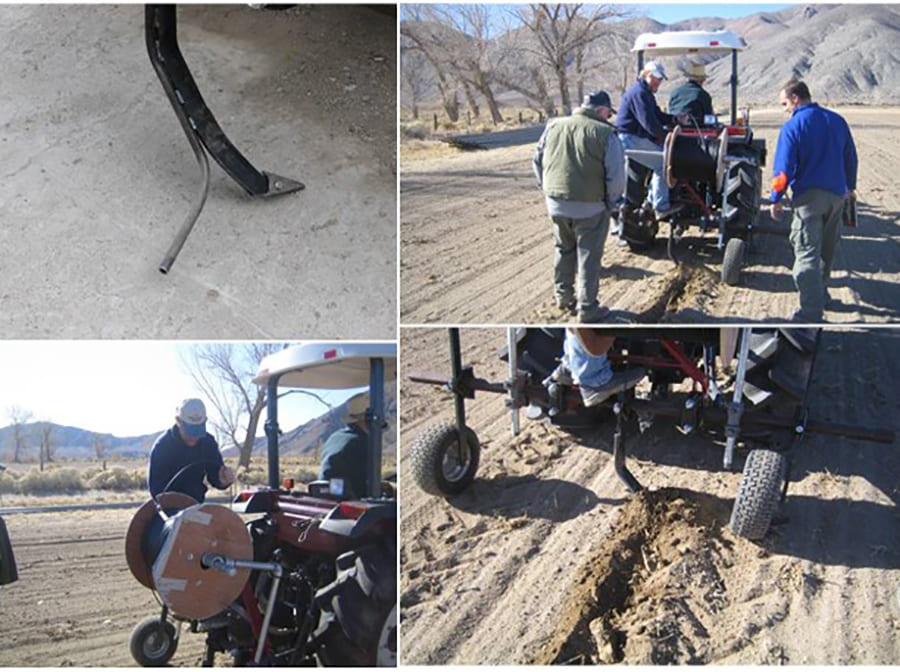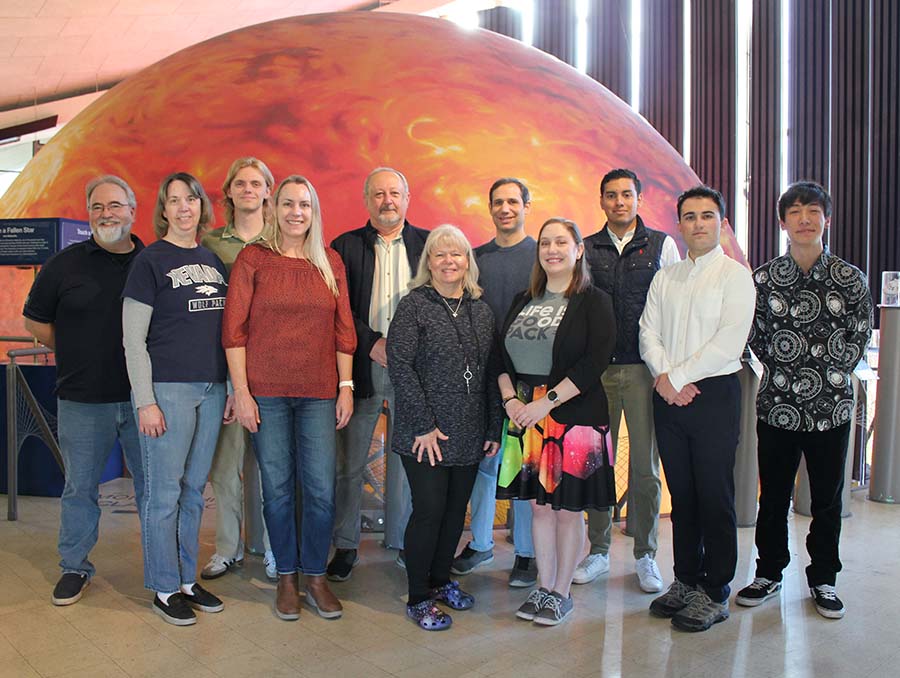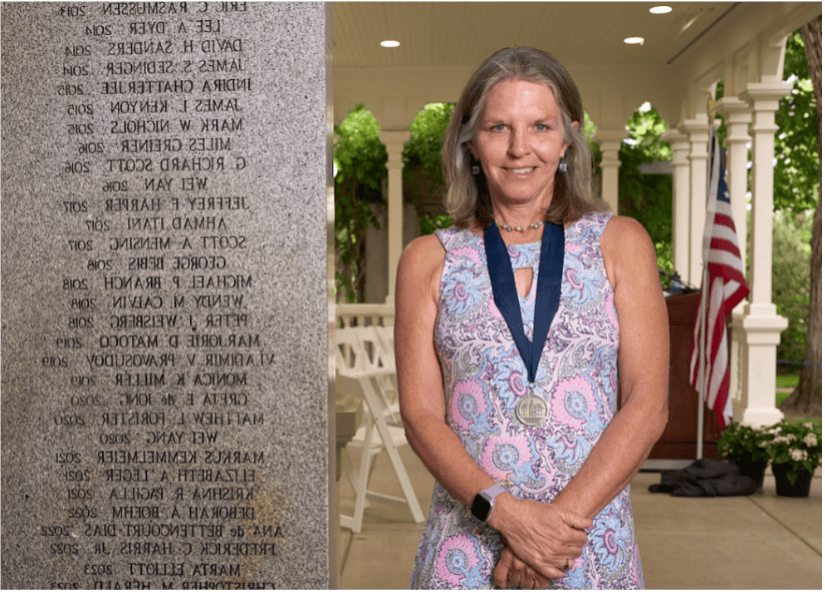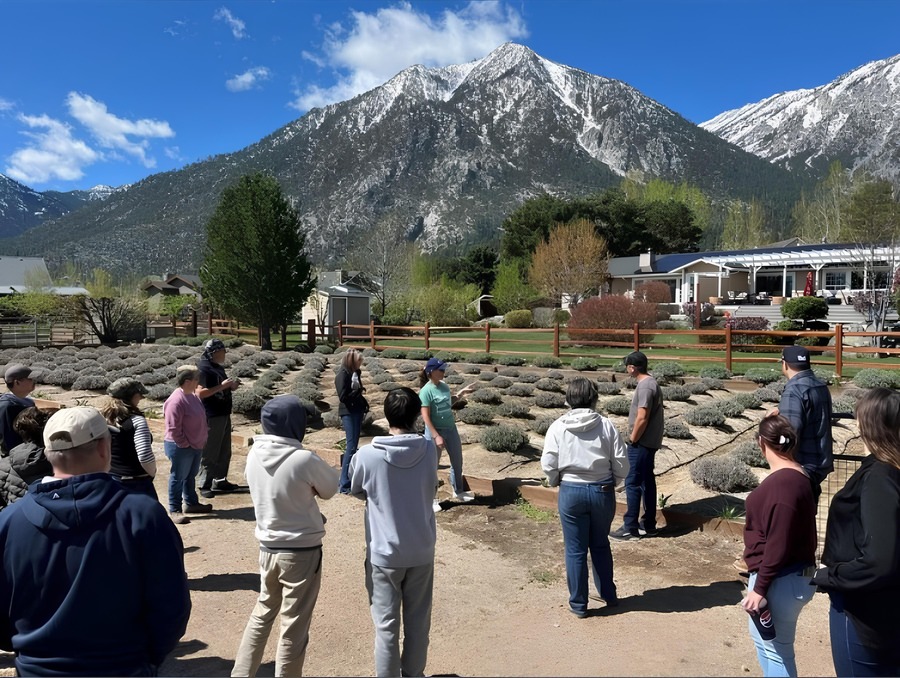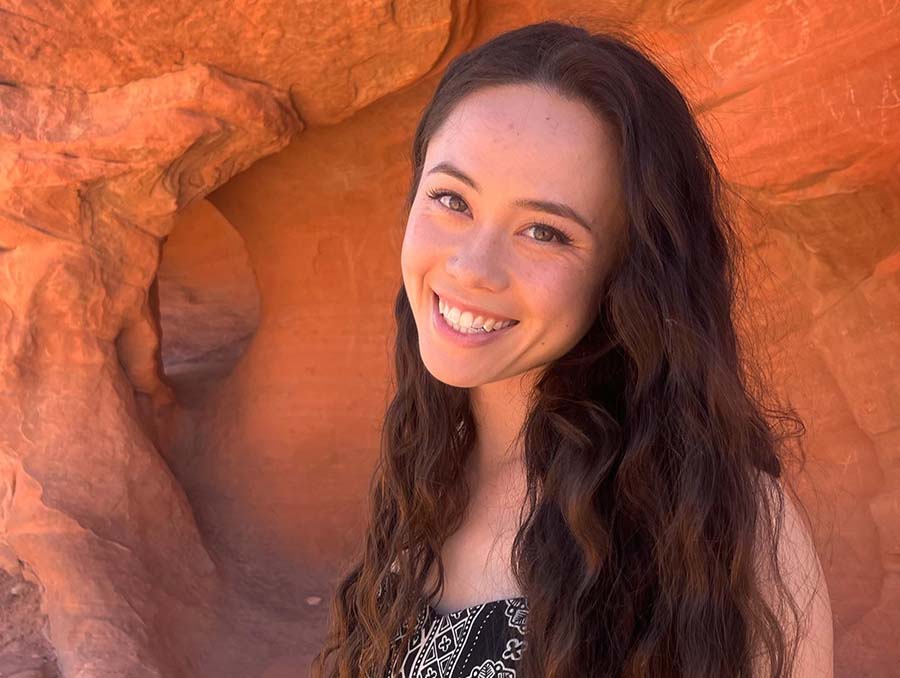Two years ago Scott Tyler, a University of Nevada, Reno scientist, measured the temperature of Nevada’s Walker River and the soil of surrounding farmlands like no one had done before, with fiber optics and a laser, in efforts to draw a better hydrological picture of water-use efficiency and run-off/groundwater characteristics.
Tyler and his colleagues have since used the fiber optic/laser technology around the world in a variety of hydrological, climatological and geological topics such as to study glaciers, caves, creeks, mines, avalanche areas and even water temperature at Devils Hole in Death Valley to help protect the endangered pupfish.
Now, as part of an $890,000 grant from the National Science Foundation, he will be developing a national community-user facility for environmental sensing to make this state-of-the-art fiber-optic distributed temperature (DTS) instrumentation and equipment available to researchers throughout the country. The DTS records temperature continuously at various intervals along great distances of cable over a long period of time.
Tyler is establishing the Center for Transformative Environmental Monitoring Programs (CTEMPs) using the NSF’s grant through their Division of Earth Sciences Instrumentation and Facilities Program. The Center is a collaborative effort with researchers from Oregon State University, who will be developing novel applications for environmental measurement with sensor validation and development, working closely with industrial and government agency partners, and developing software support.
Initially, CTEMPs will be equipped with four field-deployable laser temperature systems, up to 20 km of fiber-optic cable and state-of-the-art wireless meteorological sensing equipment. The University will become the instrument and training facility for fiber optic sensing in hydrology.
“We’ll have complete systems available for other researchers to use,” Tyler said. “They will complete a week-long training workshop and then be able to use the equipment for short field work campaigns or long-term monitoring.”
Tyler is a faculty member in the University’s Department of Geological Sciences and Engineering. He and his colleagues in the College of Agriculture, Biotechnology and Natural Resources and the College of Engineering developed the DTS methods, used by oil and gas companies for well monitoring, and deployed optical fiber cables as part of the recently completed two-year Walker Basin Study, a federally sponsored research initiative aimed at understanding the hydrology and ecology of the Walker River and Walker Lake and designed to sustain the region’s economy, ecosystem and lake.
Funding from the Walker Basin Project led to the large-scale development of these methods for a wide variety of hydrologic and environmental research projects including for extensive use in aquatic systems and for the measurement of soil moisture for improving water use efficiency. Over $1.2 million in new research at the University using DTS has been developed since the start of the Walker Basin project.
Since the initial work in Walker Basin, Tyler and his team have conducted fiber-optic sensing research for fish habitat studies here at home in Great Basin National Park and Death Valley National Park, at Lake Tahoe to measure the near-shore temperatures to help stop the spread of invasive weeds, at Mammoth Mountain and Switzerland studying the effects of climate change on snow packs and glaciers, in Carlsbad Caverns National Park in New Mexico studying how this enormous cave system “breathes” and in west Africa (Burkina Faso) developing an understanding of the impacts of agriculture on water runoff and soil erosion.
In addition to the University of Nevada, Reno and Oregon State University, teams from the University of Idaho and University of Washington will provide test sites where technology will be assessed and validated under varied field conditions.
Tyler’s two Walker Basin research projects will be presented at the “International Symposium on Terminus Lakes: Preserving Endangered Lakes through Research” Oct. 27-29. The symposium features presentations on the latest closed-basin lakes research from several continents by more than 30 scientists and a keynote presentation by world-renowned geochemist Wally Broecker, who first coined the term “global-warming.” The symposium, co-hosted by the University of Nevada, Reno and DRI, will be held at the Joe Crowley Student Union on the University campus.
